Looking for some top hardy plants to grow in winter? If you want fresh greens all year round even when it's cold, these plants will do the trick.
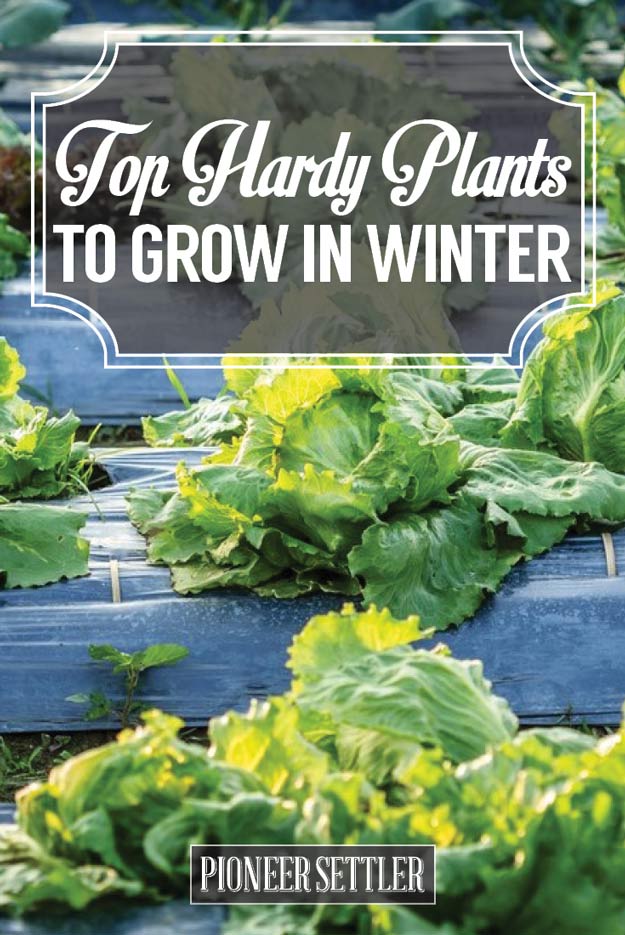
Top Hardy Plants to Grow in Winter | Homesteading Tips For Gardeners
Fresh greens of all types will be a great year round staple food in any family kitchen with the proper gardening approach. There are ways you can transform the usual cold months into abundance of hardy greens that are adapted to each and every season out there. There are season-extending gardening techniques that work in the early spring or winter seasons. You can try working with a good amount of greens to make a nice and fresh, lovely salad right from your backyard whenever you need it with the right approach. Try the following gardening techniques and types of plants up ahead for your winter garden:
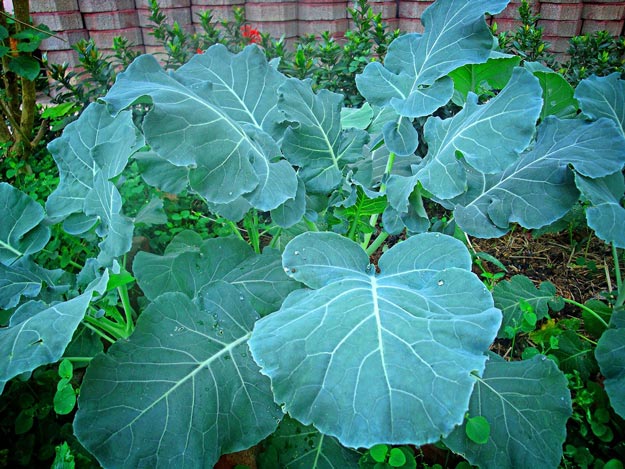
- Kale
- Collards
- Spinach (Hector and space varieties)
- Winter-hardy lettuce types such as Tango or Brune d'Hiver
- Salad brassicas such as rape or tatsoi
There are two other categories of cold-loving naturals:
- Arugula
- Giant red mustard
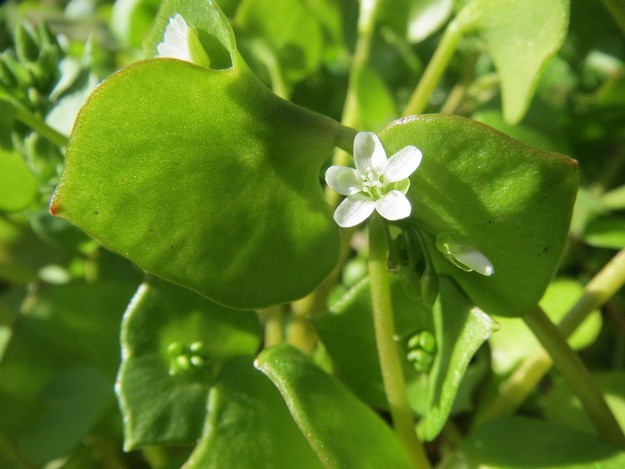
- Claytonia (also known as miners lettuce)
- Corn salad or mache
There are also perennial greens you can take advantage of, such as the following:
- French sorrel
- Radicchios
- Chicories
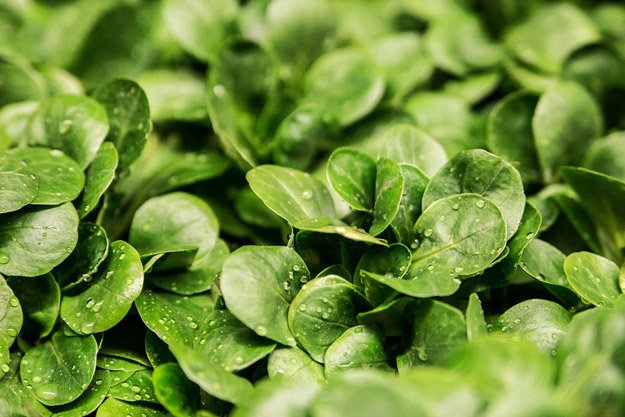
All greens are good for you, but you should consider working on growing greens that happen to be very nutritious. Spinach, collards and mustard are rich in folate, while on the other hand kale, spinach and corn salad are really good sources of iron. Swiss chard, kale, spinach, chicory, beets and all have high vitamin A, C and K inside which makes them an excellent dietary source.
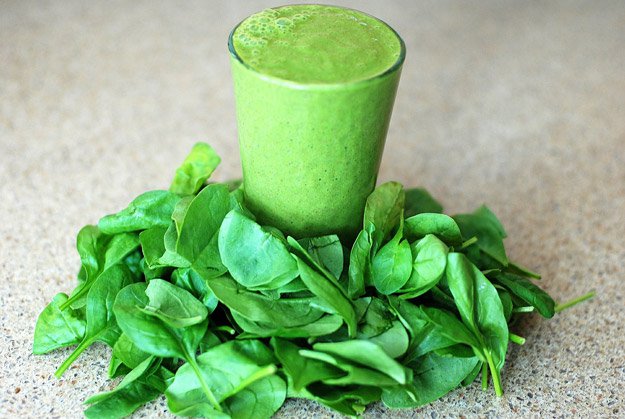

Planting in the fall season, from August to September will allow you to sow successions of naturals each couple of weeks. Most of these plants will be strong enough to survive anywhere around with the proper protection. When the greens are still young during the fall season you can make use of fabric row covers that the rest of the leaves will do the job. When the plants grow and the temperatures drop you will need to work on providing a second layer for the tunnels made of clear plastic suspended by wire arches and closed on both ends. If the temperature drop to near zero in the area, you should keep some heavier row covers on tarps to throw over the setup.
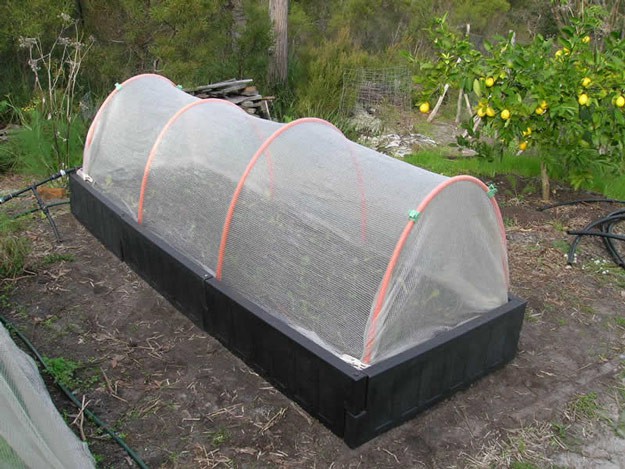
Plants will usually never overheat under the usual fabric row covers, but you will need to work on ventilating plastic covers on sunny days when the temperatures are still above the freezing point. They also need to be closed again during the early evening, since there are many garden supply companies that offer products to make this work. Gardening and landscaping take a lot of care, so you will need to take care of using UV grade plastic so it won't degrade under the sun. If you expect heavy snow you will need to opt for a rebar or metal conduits instead of plastic pipes for the hoops. As temperatures eventually climb, you will need to work on ventilating tunnels. Once nighttime temperatures eventually reach tolerable levels, you will need to remove the plastic but still keep the fabric row cover in place. Remove the cover after daily low temperatures are above the freezing point.
Need more winter plant growing tips? Watch this video from Learn Organic Gardening at GrowingYourGreens:
What do you think of these plants to grow in winter? Let us know in the comments section what your thoughts are on these winter plants. Will you give it a try? Let us know how it went and share your experience with us in the comment section below.
Have any homesteading projects you’d like to share? Share it with us an we’ll give it a try. We’d love to know what you think!


Good write-up. I certainly love this site. Thanks!